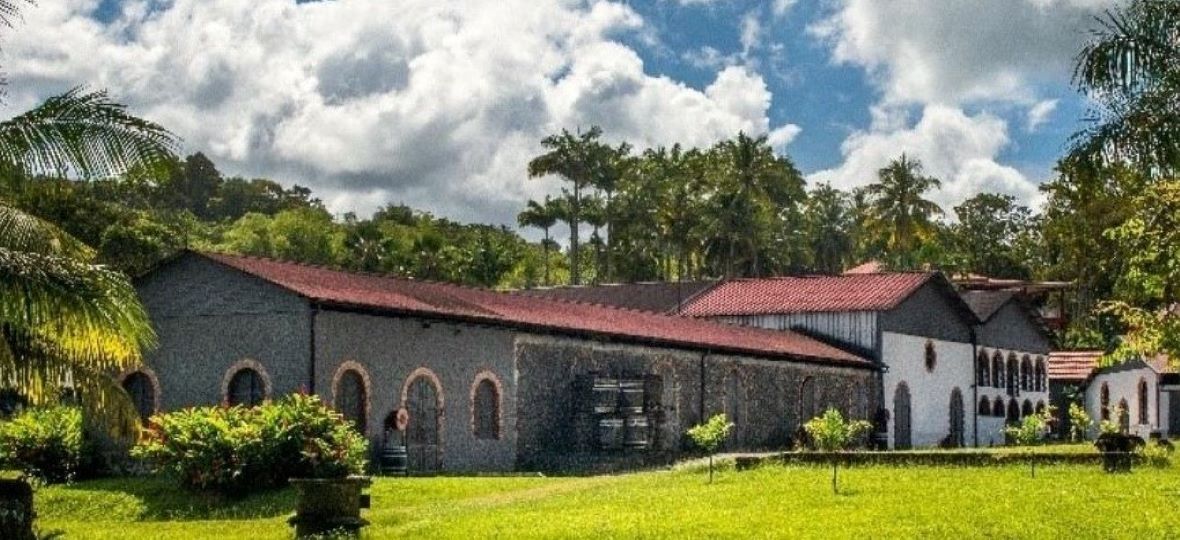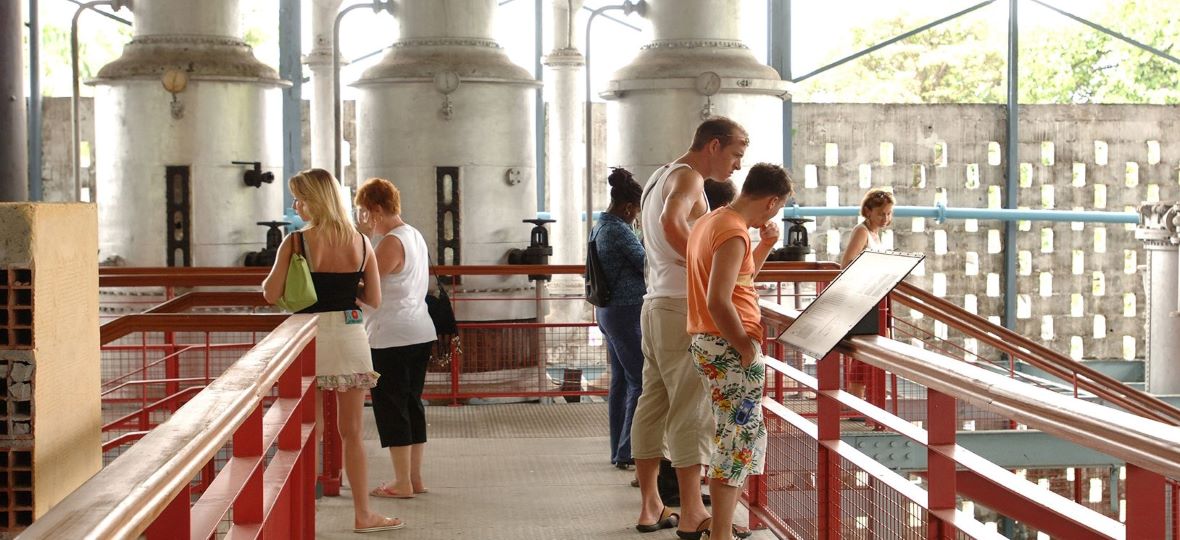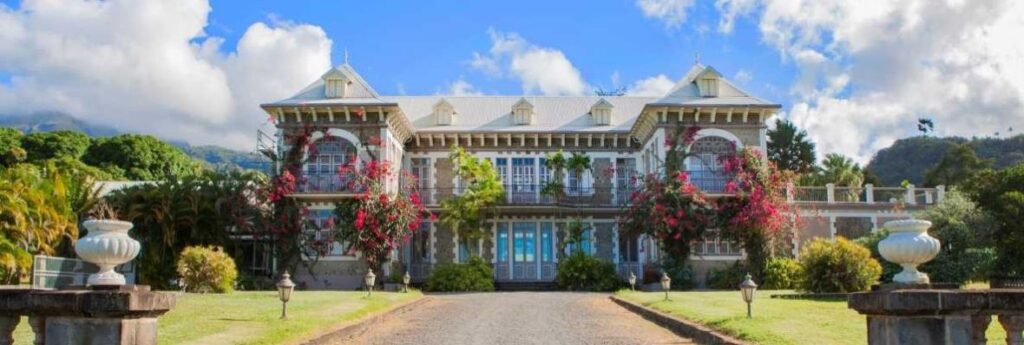Martinique is known for many things: it’s flowers; volcanic peaks and rainforest (contributing to an overall natural spectacle); seductive beaches; lively music; the first New World coffee culture; and other various Creole stylings, including Carnival. But, and by no means least, as “The Capital of Rum.”
Indeed, the French island’s “rhum agricole,” made from fresh sugarcane juice (as opposed to the more typical molasses), is the only rum to carry the prestigious French AOC (Appellation d’Origine Controlee/Protected Designation of Origin) designation, formerly reserved for fine wines.
Considered more aromatic than other rums, Martinican rums/rhums are generally manufactured in small distilleries and come in three distinct vintages: old, dark and white, based on how long they distill (three years to not at all respectively).
A great way to try some of them – and to see the island at the same time – is to follow the island’s La Routes des Grand Rhums, which connects close to a dozen colourful plantation/distilleries that are open to the public for (mostly or in part) free visits/tours, which typically include tastings – including, in some cases, the producers’ own signature cocktails. And, course, there are bottle shops to take a taste home.
A visit to these sites is also a trip into living island history, with many of the venues dating back to several hundred years.
If you should find yourself on the on Martinique (it’s a neighbour to Saint Lucia and Dominica in the eastern Caribbean), here are a few distilleries worthy of a visit:
CENTRAL

Habitation Saint-Etienne: One of the principal sugar factories in the 19th century, Saint-Etienne is no longer distilled on site. Rather, the rum is distilled in the town of Le François and aged at Saint-Etienne. However, visitors can tour the old distillery and the cabins where the field workers lived and see one of the best and last examples of Martinique’s 19th-century architecture. Additionally, the plantation hosts all types of artistic events, from exhibitions to concerts.
THE NORTH
Château Depaz: Located on the slopes of Pelée Mountain and overlooking the Bay of Saint-Pierre, the “castle” invites visitors to walk its lush grounds, explore its museum, and witness the production process of its top-rated rum in a working distillery. The 100-year-old chateaux, considered a unique building on the island, is also open to the public, while The Cane Mill has been rehabilitated into a restaurant.
Rhum J.M: Also nestled beneath Mount Pelée on the north side, the Habitation Bellevue takes advantage of rich volcanic soil and a unique tropical microclimate to create its awarding-winning J.M rum – distilled in unique creole copper stills. An unusual part of the visit is the olfactory workshop where visitors are invited to plunge their sniffers into the bouquet of each of the company’s seven vintages.
Saint-James Distillery: One of the most extensive plantation visits available enables visitors to learn about the different stills used since the founding of the estate in 1765 and to browse an exhibition of old ads and photos showcasing the growing of the cane and its different production steps at the Rhum Museum. There’s also a small steam train that takes visitors into the heart of the plantation, plus a vintage cellar, masterclass tastings, and a restaurant for lunch (don’t miss the accras – Caribbean fritters). A fee is charged to visit the distillery, but access to the rest of the estate is free.
In December, Saint-James and the surrounding town are the setting of the free Rum Festival – one of Martinique’s largest annual events.
Activities include rum tastings, live concerts, a parade, and cane field train rides.
THE SOUTH
 Habitation Clément: In addition to exploring the former distillery and cask storehouses, a visit to Clément offers architecture, nature and art – from an 18th-century Creole home, complete with original furniture and interior design, to 16 hectares surrounding the home filled with old trees and 300 species of tropical plants interspersed with striking original sculptures. The Fondation Clément features several galleries dedicated to international contemporary exhibitions.
Habitation Clément: In addition to exploring the former distillery and cask storehouses, a visit to Clément offers architecture, nature and art – from an 18th-century Creole home, complete with original furniture and interior design, to 16 hectares surrounding the home filled with old trees and 300 species of tropical plants interspersed with striking original sculptures. The Fondation Clément features several galleries dedicated to international contemporary exhibitions.
La Mauny Distillery: In the heart of a lush valley at the southern end of Martinique, La Mauny invites visitors for a guided tour on its Ti Train through an orange tree grove and sugar cane fields to discover the distillery (and witness the process during harvest season). A traditional Rum Shed offers tastings, including traditional Ti Punch, and Mimi’s creole restaurant is open for lunch on weekdays.
Other Martinique distilleries/plantations include Neissen, Hardy, La Sucerie du Galion, La Favorite, and Dillon.
With glass purposefully in hand, we at Travel Industry Today continue our series on some of the planet’s best pubs/bars, patios and rooftop venues. For more articles in the series, click here:
PREVIOUS ARTICLES: https://travelindustrytoday.com/pub-patio/

